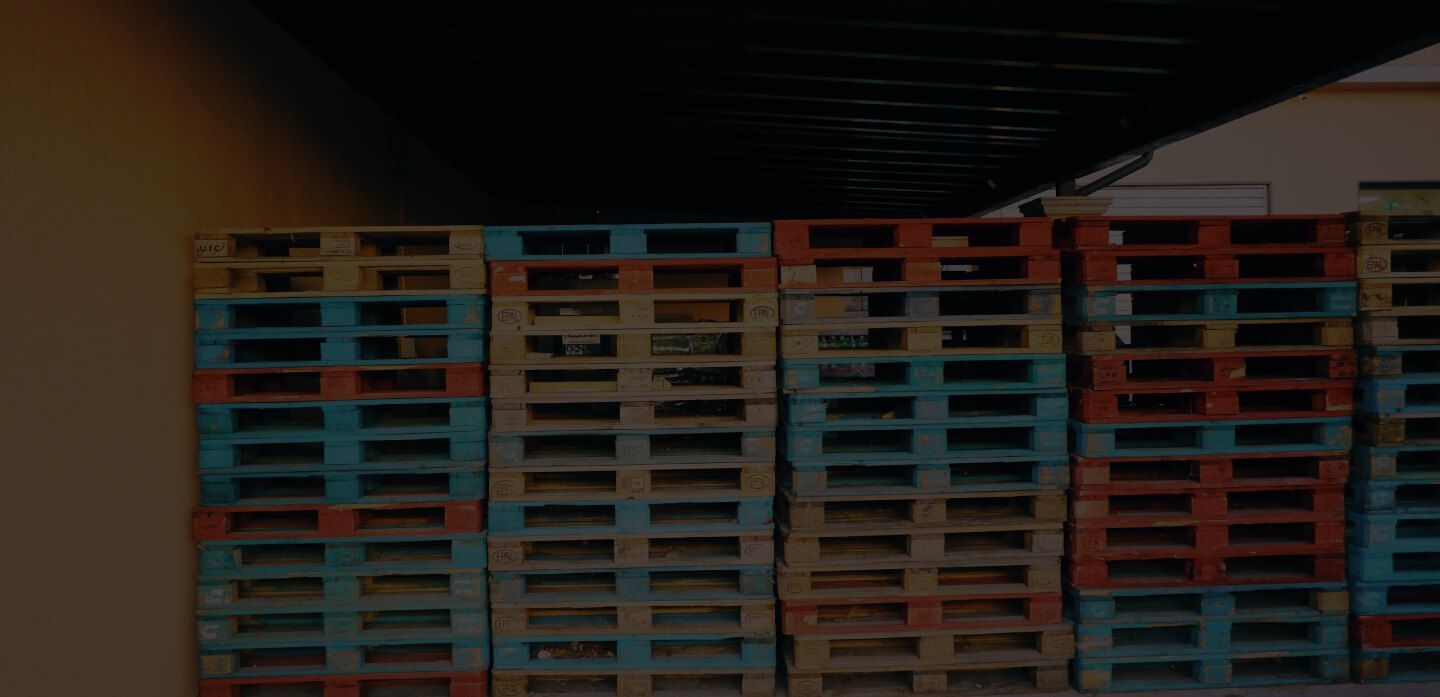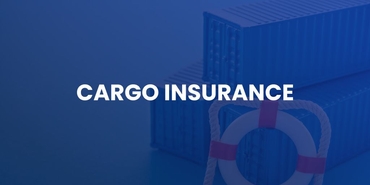
What is included in a Full Container Load (FCL) price?



![]()
In ocean freight shipping, the full container load or FCL price is composed of several elements. It generally includes the basic freight price, bunker adjustment factor, and currency adjustment factor. But depending on your shipment type, destination, and other factors, there may be additional elements in your overall FCL price.
Understanding container shipping rates isn’t always an easy task. Here are some components that make up an FCL shipment price.
What’s included in a Full Container Load (FCL) price
Freight: The freight price is the international transport price, i.e. the price of transporting a container from the port of origin to the port of destination. On many occasions, the international freight cost is “all-in”. This means that it includes all fuel surcharges and exchange rate fluctuations (discussed below).
BAF or BUC (Bunker Adjustment Factor) and fuel surcharge: This is a monthly fee that usually varies by region depending on the destination of the transported goods. In some cases, a particular country may have a specific charge. Some shipping companies include BAF within the shipping freight. The BAF is calculated based on the number of TEUs, not per container.
CAF (Currency Adjustment Factor): These rates do not change on a daily basis. Shippers can apply one rate to some destinations so that any eventuality is covered. It is applied to all geographical areas.
Other charges associated with FCL shipments by destination
Piracy Risk: This is applied to shipments that go around the Horn of Africa (Somalia), where the risk of piracy is high.
Surcharge across a canal: In the event of a canal crossing, (e.g. Panama Canal or the Suez Canal) a surcharge is often applied.
Congestion Surcharge: If shipping to a port with high traffic and congestion, a charge is usually added at a cost per TEU. One example where this fee is usually charged would be on shipments to Venezuela.
EIS Surcharge (Equipment Imbalance Surcharge): If the shipment is going to an unusual destination, in which it’s difficult for the shipping container to be loaded on return, there is usually a premium charged for returning the empty container. This is a common charge in African ports where although there are exports, import traffic is very limited.
Port expenses
THC (Terminal Handling Charge): Each time a container is loaded or unloaded, there is a cost that is passed on by shipping companies to the exporter/importer via the freight forwarder.
T3 or port charges: These are fees applicable to the entry and exit of the goods from port.
Expenses related to documentation or B/L: This refers to all costs associated with the issuance of the Bill of Lading or shipping note.
Get an FCL shipment quote now with iContainers’ ocean freight calculator. Should you need help with your booking, you may contact us. Our import and export consultants will be happy to help you out.
Related Articles


